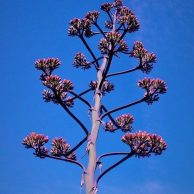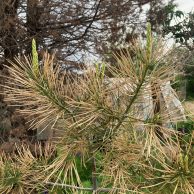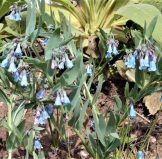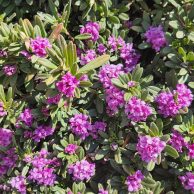
They’re hardy, evergreen, fragrant, gorgeous! Some of you are familiar with Daphne ‘Carol Mackie’, a much sought-after semi-evergreen shrub with cream-edged leaves that try to be evergreen all winter but usually defoliate by February.
But there are less well-known, compact, mounding Daphne shrubs, like ‘Lawrence Crocker’ and D. neapolitanum that are much easier, completely evergreen, and even more gorgeous and fragrant, and we’ve got some very nice ones right now! [Read More]

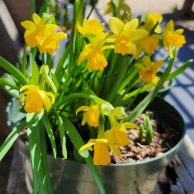 Miss planting bulbs last fall? No worries, we’ve got you covered. Choose from miniature daffodils, chionodoxa, hyacinth, tulips and more.
Miss planting bulbs last fall? No worries, we’ve got you covered. Choose from miniature daffodils, chionodoxa, hyacinth, tulips and more.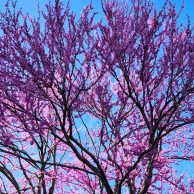 The fields and the foothills are turning green! So many trees are blooming or beginning to leaf out! There is so much energy bursting forth everywhere I look! After the lovely rain last weekend we emerged from our Sunday class to be greeted by the singing of frogs in a big puddle in the parking lot! How can they develop that fast???
The fields and the foothills are turning green! So many trees are blooming or beginning to leaf out! There is so much energy bursting forth everywhere I look! After the lovely rain last weekend we emerged from our Sunday class to be greeted by the singing of frogs in a big puddle in the parking lot! How can they develop that fast???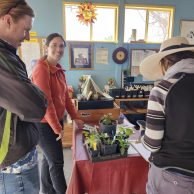
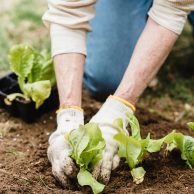 There’s much to do in the garden in April, from finalizing your garden plan, attending to your tools, to the annual spring clean up and pruning and lawn and vegetable garden prep, and PLANTING, DIVIDING and TRANSPLANTING!
There’s much to do in the garden in April, from finalizing your garden plan, attending to your tools, to the annual spring clean up and pruning and lawn and vegetable garden prep, and PLANTING, DIVIDING and TRANSPLANTING!
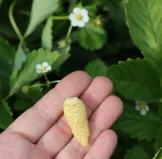
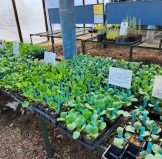 VEGETABLES
VEGETABLES

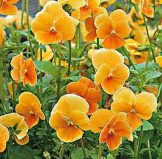
 Lots of Fruit Trees: the best cherries, plums and apples for the Front Range!
Lots of Fruit Trees: the best cherries, plums and apples for the Front Range!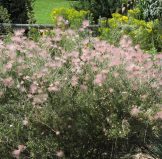

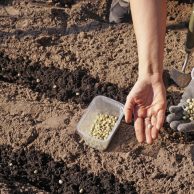 March is bringing us a characteristic tilt of the see-saw that this month always brings. Tank tops can go back in the drawer for a little while, as this week we will see night-time temperatures dipping into the mid-20s. We are expecting rain (~1.6 inches in Boulder, ~3 inches in Denver!), and heavy, wet snow, too. We’ve been here before; no need to panic. And we need the moisture!
March is bringing us a characteristic tilt of the see-saw that this month always brings. Tank tops can go back in the drawer for a little while, as this week we will see night-time temperatures dipping into the mid-20s. We are expecting rain (~1.6 inches in Boulder, ~3 inches in Denver!), and heavy, wet snow, too. We’ve been here before; no need to panic. And we need the moisture! BLACKBERRY
BLACKBERRY CURRANT
CURRANT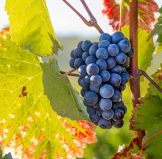 GRAPE
GRAPE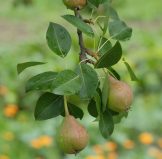 PEAR
PEAR RASPBERRY
RASPBERRY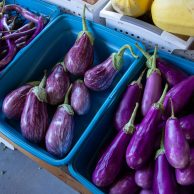

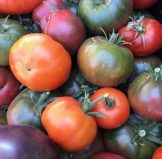 HARLEQUIN’S GARDENS 2025 TOMATO STARTS
HARLEQUIN’S GARDENS 2025 TOMATO STARTS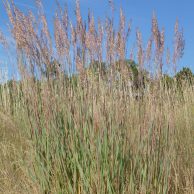

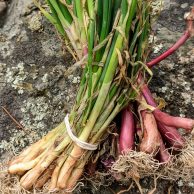
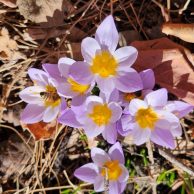

 At Harlequin’s Gardens, we’ve been reusing and recycling black plastic nursery pots since day one. It is very important to us that we minimize our plastic waste. We have always encouraged our customers to bring back to us the nursery pots that came with the plants you purchased from us, and you have responded with enthusiasm, which we appreciate!
At Harlequin’s Gardens, we’ve been reusing and recycling black plastic nursery pots since day one. It is very important to us that we minimize our plastic waste. We have always encouraged our customers to bring back to us the nursery pots that came with the plants you purchased from us, and you have responded with enthusiasm, which we appreciate!
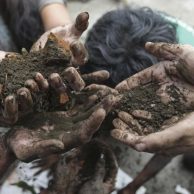
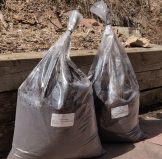
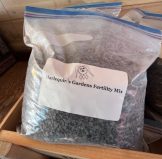
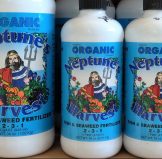 Neptune’s Harvest Organic Fertilizers
Neptune’s Harvest Organic Fertilizers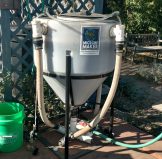 Compost Tea
Compost Tea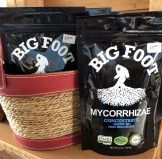 Big Foot Mycorrhizae
Big Foot Mycorrhizae Fort Vee
Fort Vee Expanded Shale
Expanded Shale
 So even though there is nothing you can do at the moment, very soon, before it’s warm enough to plant, you can start making your bed sexy. Sexy soil sprouts seeds, grows roots and leaves, builds strength, makes flowers and fruit, and defends against pests.
So even though there is nothing you can do at the moment, very soon, before it’s warm enough to plant, you can start making your bed sexy. Sexy soil sprouts seeds, grows roots and leaves, builds strength, makes flowers and fruit, and defends against pests.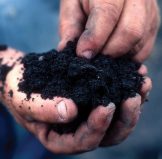 Let the biology do a lot of the work. It’s not hard to add more later; it’s very hard to correct too much. Keep the soil covered with mulch or living plants. Even native plants appreciate some compost to hold moisture and provide a light feeding when they are young. One more thing: avoid poisonous pesticides, fungicides and herbicides, like the plague. They kill or undermine the health of your allies—the soil life. Toxic pesticides are the opposite of sexy; they are like inviting the Grim Reaper into the bedroom. There are effective, non-toxic alternatives.
Let the biology do a lot of the work. It’s not hard to add more later; it’s very hard to correct too much. Keep the soil covered with mulch or living plants. Even native plants appreciate some compost to hold moisture and provide a light feeding when they are young. One more thing: avoid poisonous pesticides, fungicides and herbicides, like the plague. They kill or undermine the health of your allies—the soil life. Toxic pesticides are the opposite of sexy; they are like inviting the Grim Reaper into the bedroom. There are effective, non-toxic alternatives. What about no-till? Not turning the soil makes sense once you’ve got the soil life in a good environment. Then you don’t want to disturb the symbiotic networks. Then you can feed from the surface; good tilth and worms will take the food down.
What about no-till? Not turning the soil makes sense once you’ve got the soil life in a good environment. Then you don’t want to disturb the symbiotic networks. Then you can feed from the surface; good tilth and worms will take the food down.
 In our culture today, Valentine’s Day immediately brings to mind Romantic Love, Flowers, Gift-giving and Chocolate. And though this very old Saint’s Day has now been commercialized to the Nth degree, it’s still one of the happier occasions we celebrate, so why not enjoy it in our own way? Romance, Love, flowers, gifts and chocolate are all very positive and uplifting. And we have some recommendations for all of those categories except Romance (you’re on your own there!).
In our culture today, Valentine’s Day immediately brings to mind Romantic Love, Flowers, Gift-giving and Chocolate. And though this very old Saint’s Day has now been commercialized to the Nth degree, it’s still one of the happier occasions we celebrate, so why not enjoy it in our own way? Romance, Love, flowers, gifts and chocolate are all very positive and uplifting. And we have some recommendations for all of those categories except Romance (you’re on your own there!).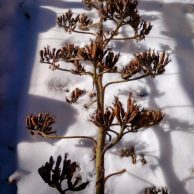


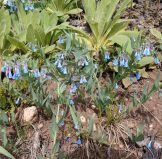



 Well, that was a false alarm!
Well, that was a false alarm!


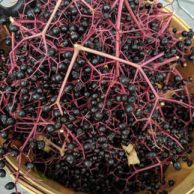
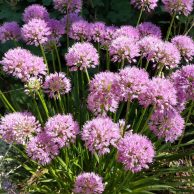

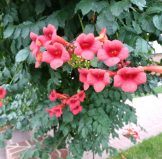
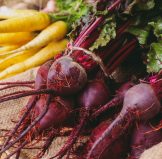 from Mitten Lowe at
from Mitten Lowe at 
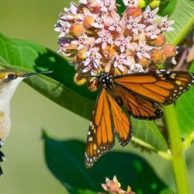
 Japanese Beetle is one of the most damaging insect pests in the Eastern and Midwestern US, but
Japanese Beetle is one of the most damaging insect pests in the Eastern and Midwestern US, but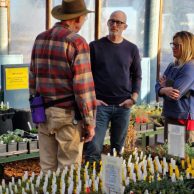
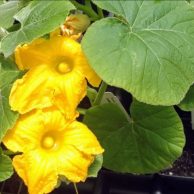 What’s a cucurbit? It’s any plant that’s in the Cucurbitaceae plant family. You eat them frequently and very likely grow them. This is the plant family that includes zucchini, summer and winter squash, pumpkin, cucumber, watermelon, cantaloupe and other sweet melons, and gourd.
What’s a cucurbit? It’s any plant that’s in the Cucurbitaceae plant family. You eat them frequently and very likely grow them. This is the plant family that includes zucchini, summer and winter squash, pumpkin, cucumber, watermelon, cantaloupe and other sweet melons, and gourd. 

